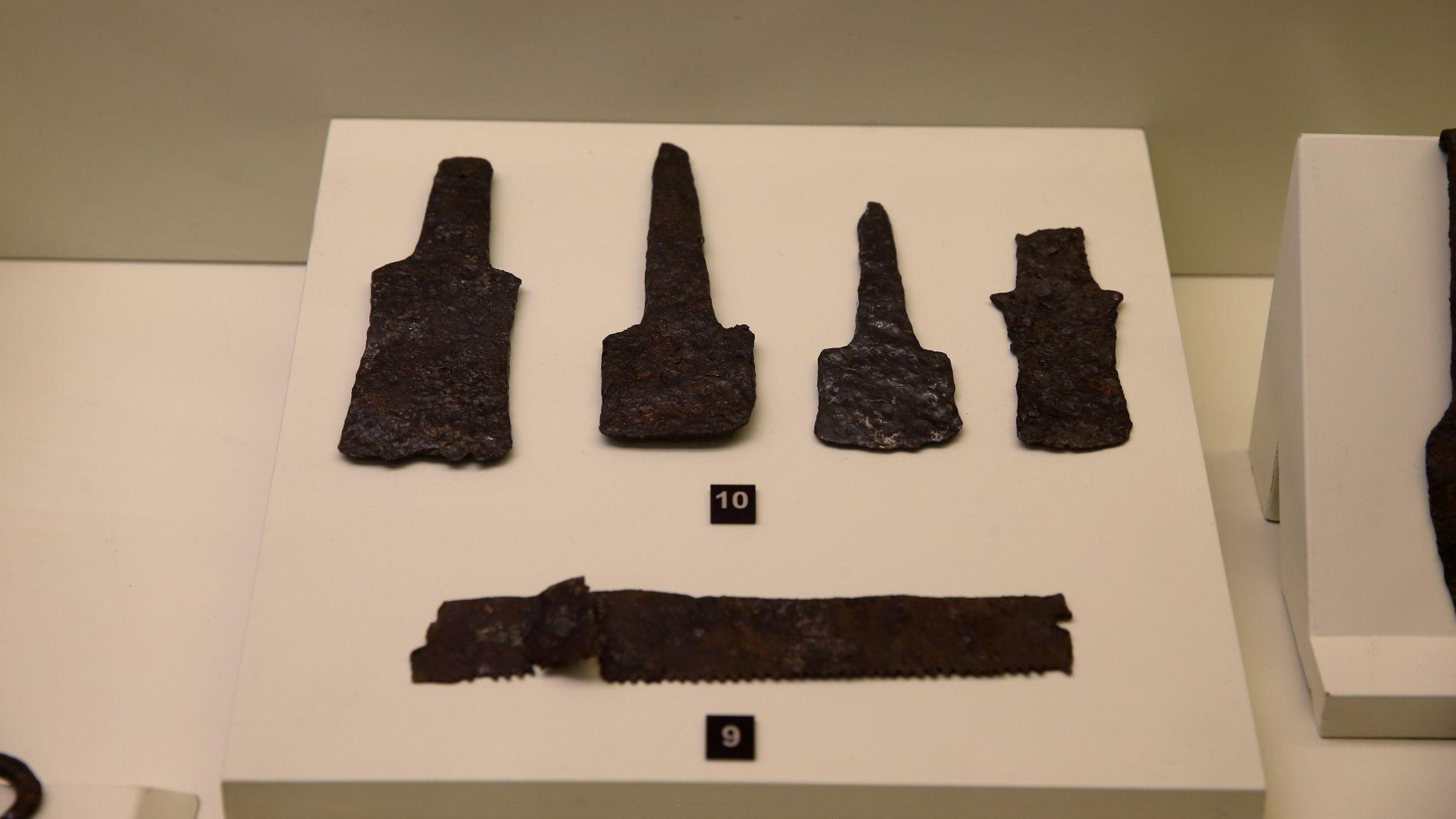
An exhibition exploring the 3,500-year history of iron in Anatolia has opened at the Boğazköy Museum in Çorum, the ancient capital of the Hittites.
Titled “Hapalki: Iron,” the exhibition is part of the Culture and Tourism Ministry’s nationwide initiative, “102 Temporary Exhibitions in the 102nd Year of the Republic: A Journey into Anatolia’s Cultural Heritage.” The project aims to highlight the depth of Anatolia’s historical legacy through curated exhibitions across the country.
The Boğazköy Museum team, led by director Resul İbiş, has brought together 83 iron artifacts, most of which are on public display for the first time. The objects span a period of approximately 3,500 years and include processed tools, weapons, ornaments, workshop samples and cuneiform tablets referencing iron.
“We are trying to illustrate the historical evolution of iron and its contributions to human civilization,” İbiş told the state-run Anadolu Agency.
The items on display were unearthed in excavations across Çorum, especially in the UNESCO World Heritage-listed ancient city of Hattusa, where archaeological work has been ongoing for nearly 120 years. Select ethnographic objects crafted from iron and steel, previously kept in the storage collections of Boğazköy and Alacahöyük museums, are also featured.
Informational panels and visuals accompany the artifacts, offering insight into the origins, terminology, and mythological, artistic, technological and societal significance of iron in ancient Anatolia.
İbiş noted that the exhibition will remain open through Oct. 31.